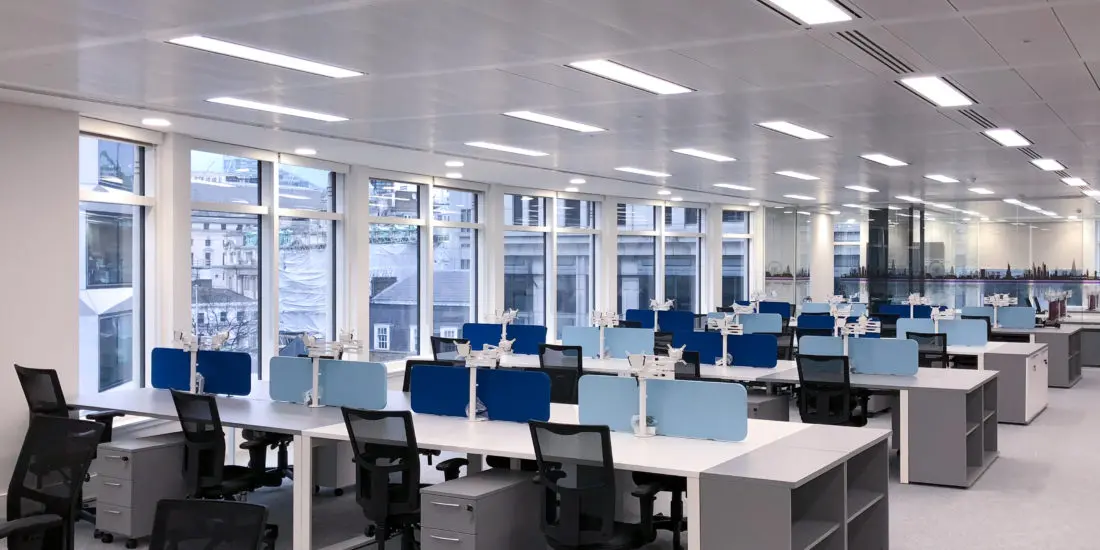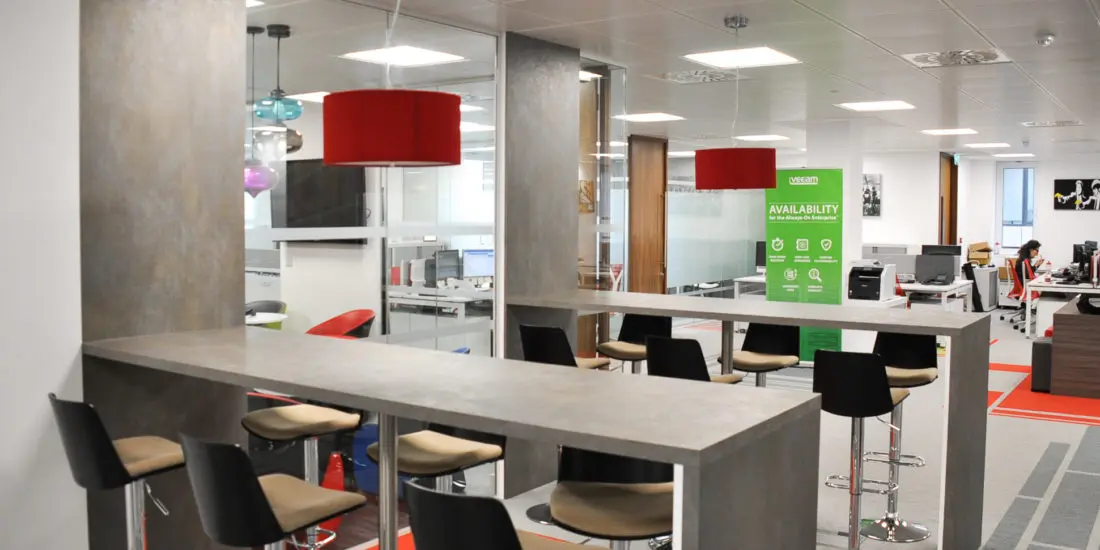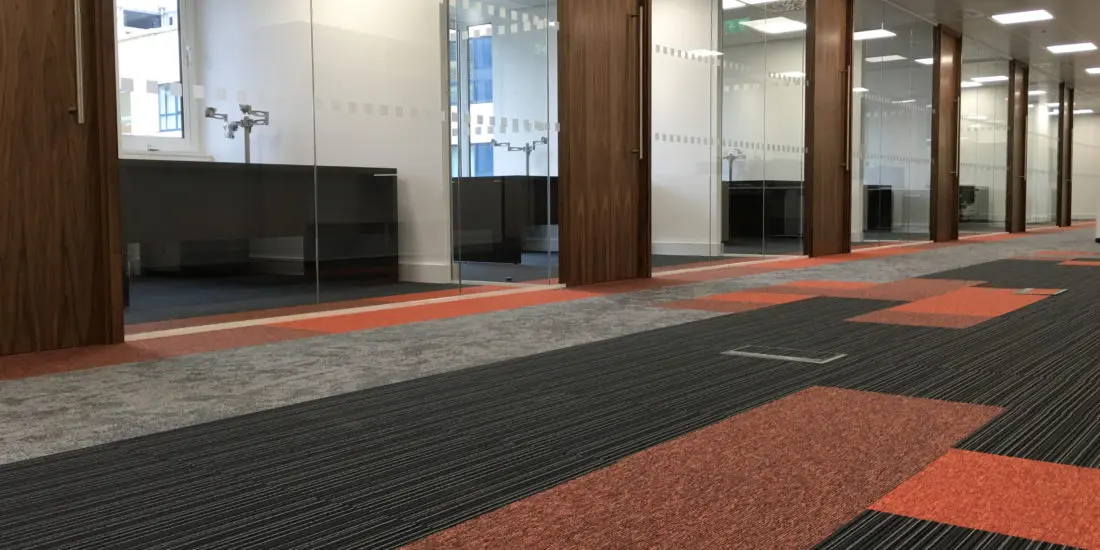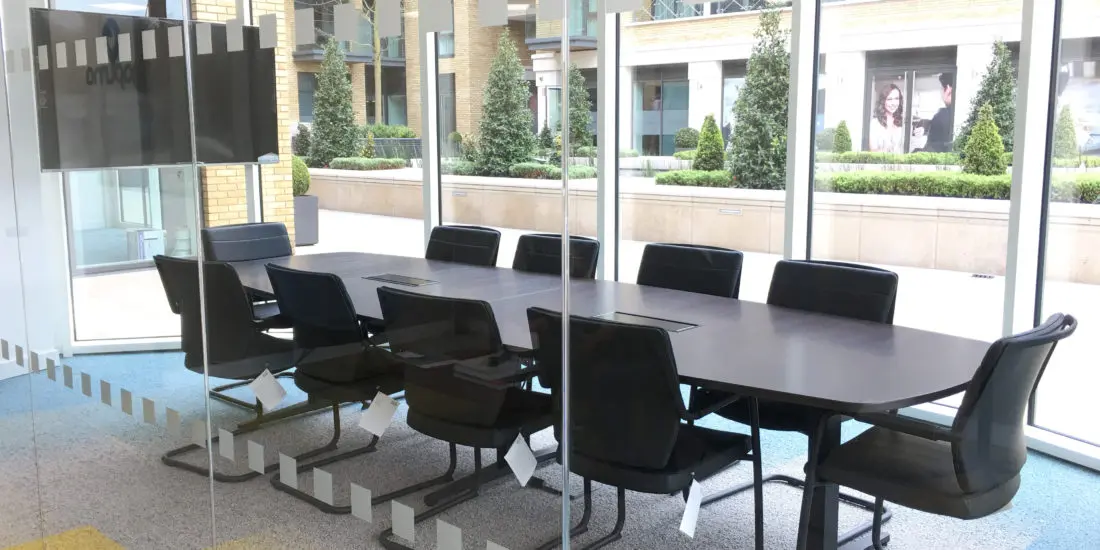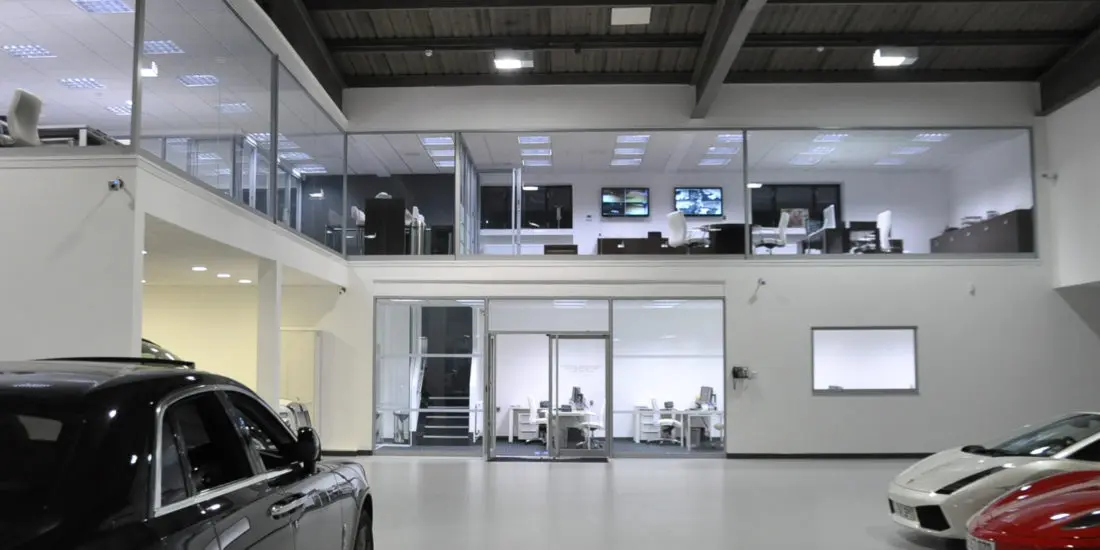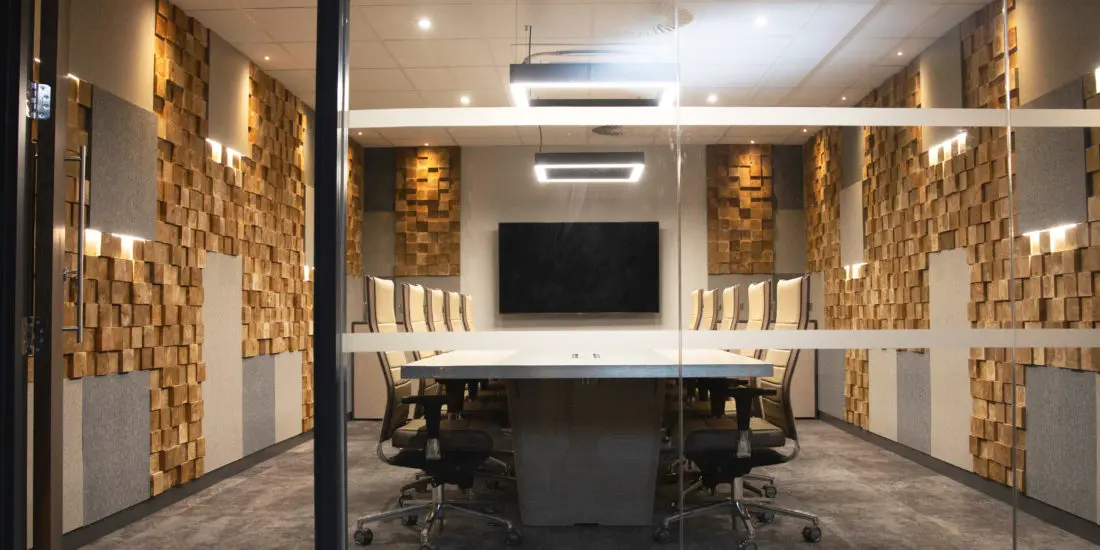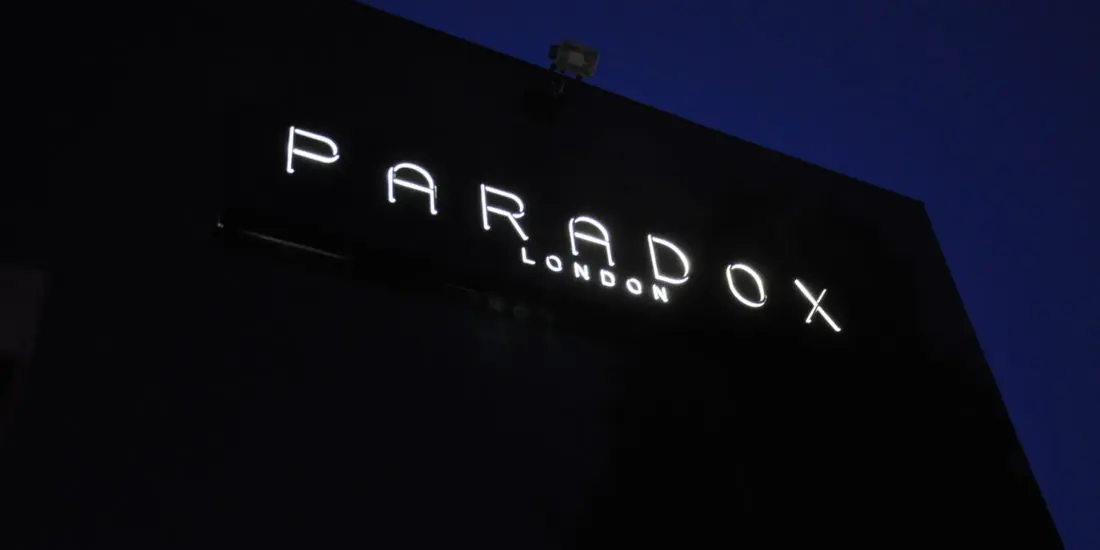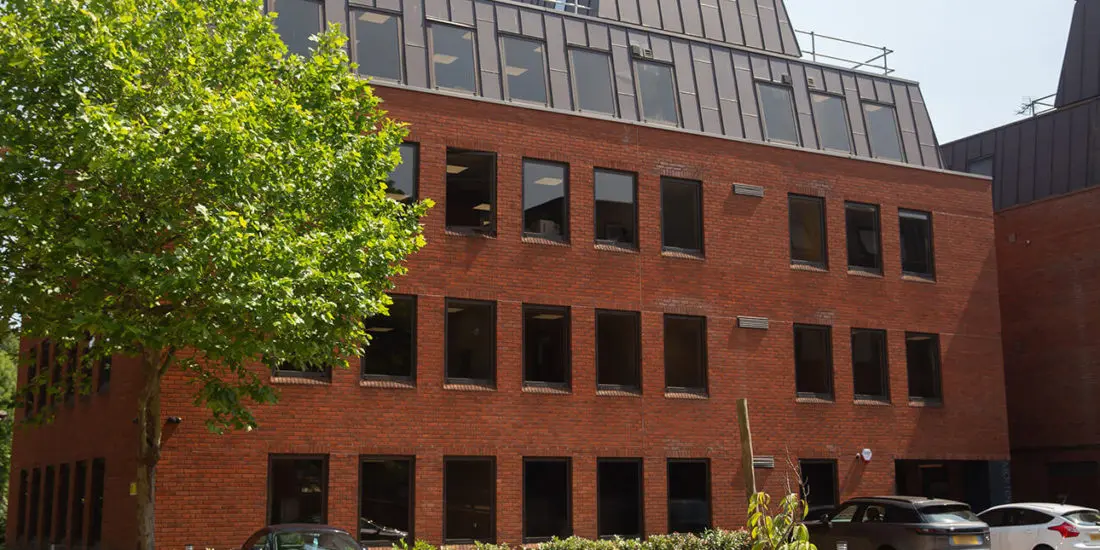When investing in office flooring, the
smartest approach balances initial costs
with long-term value.
Investing in premium options like
hardwood and luxury vinyl is a financially savvy move. These materials
typically outperform budget alternatives in longevity, reducing replacement cycles and maintenance expenses,
thereby ensuring long-term savings.
While carpet and vinyl offer lower
upfront costs, materials like epoxy, LVT, and ceramic tiles provide extended
lifespans and significantly enhance the aesthetic appeal of your office space,
giving you a sense of pride in your environment.
Quality flooring choices also support employee productivity while minimising
environmental impact through fewer replacements and reduced resource
consumption.
The true ROI, or return on investment, of
durable office flooring arises well past installation day. It's not just about
the initial cost, but the long-term value and benefits that a quality flooring
choice can bring to your office space.
Understanding the True Cost
of Office Flooring
While many businesses focus primarily on
the upfront price tag of new
flooring, understanding the true cost
of office flooring requires a more detailed analysis. Intelligent material
selection involves looking past initial expenses to evaluate the complete
financial overview over time.
An extensive
cost analysis reveals that premium
options like hardwood (£5-12 per square metre) might actually outperform
budget-friendly alternatives in the long run. The maths isn't just about square
meterage—it's about longevity. Those
gorgeous tiles might cost more upfront but could save thousands in replacement
costs. Regional variations,layer such as urban installations typically
commanding higher labour rates than rural projects, add another installation complexity. That's
liberation from the tyranny of short-term thinking. Vinyl flooring offers lower maintenance costs compared to assess.
Initial Investment vs.
Long-Term Value
Although many decision-makers fixate on upfront costs when selecting office
flooring, the smartest investments balance initial expenditure against long-term value. While carpet and vinyl
boast lower initial costs, they often demand more frequent replacements, eventually draining resources.
Premium options like epoxy and LVT might
stretch budgets upfront but deliver extraordinary
long-term savings through extended lifespans and minimal maintenance
requirements. Think about it, a floor that lasts 20 years versus one needing
replacement every 5-7 years? The maths speaks for itself.
Beyond direct expenses, quality flooring
reduces operational downtime and
improves aesthetic appeal. Businesses liberate themselves from the constant
cycle of repairs when they view flooring as an investment rather than an
expense. The freedom from ongoing
maintenance concerns? Absolutely priceless.
Raised flooring systems create additional
space for utilities while offering exceptional flexibility for future office
reconfigurations.
Top 5 Durable Flooring
Options for Office Spaces
Now that we've established the importance
of viewing flooring as a long-term
investment, let's examine the materials that deliver the best returns. Luxury vinyl stands out as the
frontrunner, offering extraordinary resilience against daily wear whilst
mimicking premium materials at a fraction of the cost.
The laminate
advantages can't be overlooked either – exceptional sound absorption paired
with impressive scratch resistance makes it perfect for lively workspaces. Traditional hardwood refinishing
capabilities guarantee this classic choice maintains its elegance for decades,
though at a premium price.
Ceramic aesthetics bring style and
substance, altering mundane office environments with varied design options.
Finally, industrial versatility
shines through concrete-based solutions that handle heavy traffic brilliantly
whilst expressing a contemporary vibe, freeing businesses from conventional
design constraints.
Laminated wood flooring offers the added
benefit of simplified installation with its click-lock technology, which makes it an
increasingly popular choice for office renovations with tight deadlines.
Maintenance Requirements and
Their Economic Impact
Every pound invested in consistent flooring upkeep returns tenfold in
extended longevity and preserved aesthetic appeal. Savvy facility managers
recognise that maintenance frequency, or the regularity with which maintenance
tasks are performed, directly correlates with cost savings—regular sweeping and appropriate care prevent deep
damage that would otherwise necessitate costly replacements.
Different flooring materials demand unique care regimens. Hardwood requires
more attention than vinyl, whilst carpets need regular vacuuming alongside
periodic deep cleaning. Ignoring these requirements carries serious economic
implications in addition to replacement costs. Neglected floors create workplace hazards that increase
liability, reduce employee productivity,
and damage client impressions.
The savvy approach? Create customised maintenance schedules based
on traffic patterns and flooring type. Carpet tiles offer significant
advantages through easy replacement options when individual
sections become damaged or worn. Your office floors aren't just walking
surfaces—they're investments that, when properly maintained, continue paying
dividends through reduced long-term
costs and improved workplace experience.
How Flooring Choices Affect
Employee Productivity
Why do forward-thinking companies invest
so heavily in their flooring choices? They understand that the right flooring
creates environments where people thrive rather than merely survive. Research
shows ergonomic flooring reduces
muscle strain by up to 10% and improves employee
comfort through decreased knee pressure, by an extraordinary 38% with
options like vinyl tiles.
Smart flooring decisions pay dividends
outside of physical comfort. High-quality carpet tiles absorb sound and
minimise echoes, creating spaces where focus flourishes. This noise reduction is no small benefit; it
directly impacts concentration and
engagement.
Aesthetic elements matter too. Luxury vinyl tiles and engineered wood
convert sterile workspaces into inspiring
environments that elevate morale. Raised flooring systems offer additional
benefits by concealing cables and improving airflow, further enhancing the
workspace environment. The best companies recognise this truth: flooring isn't
just what people walk on, it's what supports their greatest work.
Aligning Flooring Selections
With Brand Identity
When companies invest in office flooring,
they make more than a practical decision—creating a powerful brand statement. The flooring beneath employees' feet
becomes a canvas that reinforces visual
identity throughout the workspace.
Innovative organisations recognise that flooring colours, textures, and materials
should harmonise with brand aesthetics. A luxury
brand might opt for marble tiles that express elegance, while a creative
agency might choose lively patterns that spark innovation. This strategic
harmony extends past mere appearance—it communicates core values to everyone
who enters the space.
Custom flooring featuring company logos
in reception areas makes an unforgettable
first impression. Even subtler choices like eco-friendly materials can reinforce a brand's commitment to
sustainability. The right flooring alters ordinary office space into an immersive brand experience that
connects with clients and liberates employees from generic corporate
environments.
Environmental Benefits of
Durable Flooring Materials
Investing in durable flooring materials yields far more than aesthetic benefits;
it represents a commitment to environmental
stewardship that resonates throughout an organisation's ecosystem. When
businesses choose sustainable materials
like bamboo, cork, or recycled content options, they actively participate in resource conservation while reducing
their carbon footprint.
The environmental advantages of
eco-friendly options extend past mere material selection:
- Longer lifespans mean fewer replacements, dramatically reducing
manufacturing demands and associated waste
- Low-VOC
sustainable materials improve indoor air quality, creating healthier
workspaces that enhance productivity
- Natural insulating properties of options like cork contribute to
energy efficiency, cutting heating and cooling costs
These benefits alter ordinary flooring
decisions into powerful environmental
statements. The beauty of durability lies not just in its longevity but in
its gentle impact on our planet. Well-designed flooring solutions contribute
significantly to staff productivity by creating comfortable and
functional workspaces that minimise distractions.
Conclusion
While bargain floors crumble under daily
footsteps, premium materials stand
resilient for decades. Smart office flooring investments go further than the
initial price tag—they improve productivity,
reflect brand values, and reduce environmental footprints. The wise
decision-maker looks past tomorrow's budget to envision years of employee comfort, minimal maintenance costs, and lasting impressions. Quality
underfoot creates a foundation where both business and sustainability can
flourish together.







